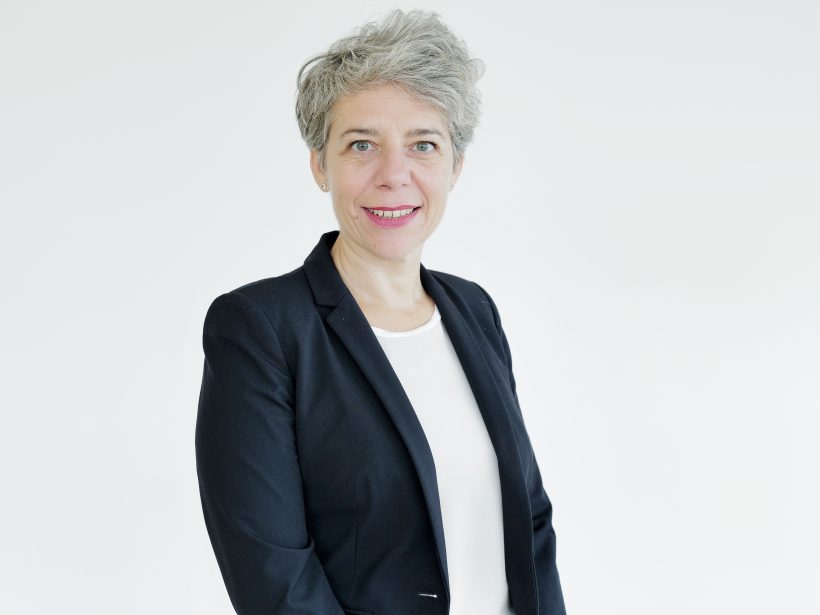Investors are finally waking up to the sdgs, but risk remains the elephant in the room
In this commentary on SDG-aligned investments, Ground_Up Project, a Geneva based investment adviser, suggests ways that investors can tailor the use of SDGs in their countries.
From COVID-19 to climate disruption and rising inequalities, companies and investors are waking up to the risks posed by the planet’s urgent problems and the need to align their activities with the Sustainable Development Goals (SDGs). Today, 193 countries have detailed plans across the 17 SDGs, 169 targets and 247 indicators, which paint a picture of the priorities that governments are setting for a sustainable future.
Just last week at the World Economic Forum’s virtual Davos Agenda, we heard from scores of countries and businesses pledging further climate action commitments. Despite ever-growing momentum and fanfare around the sustainability agenda, businesses are far from reaching the sustainability goals they set for themselves and even further from concrete contributions to the SDGs. So, a big question remains, ‘How do we encourage more investment to flow into these sectors?’ Pledges and promises can only go so far.
The global goals are a roadmap – let’s use them. The SDGs represent a homogeneous and universally recognized framework that will drive global socio-economic growth as governments and other stakeholders shift policies, regulations, subsidies and tax policies to support this transition across their economies. In short, these policy shifts, especially in emerging markets, represent an enormous investment opportunity – but one which many investors are still overlooking.
More and more investment products are being linked to the SDGs. Large corporations are reporting on their progress on the goals. Start-ups have begun to link their new business models to the SDGs. On the surface, advances are being made by countless market participants rushing to embrace them.
Investors who are already using the SDGs have correctly linked them to various economic sectors. For example, an investment in a renewable energy company or project would be linked to SDG 7: affordable, reliable, sustainable and modern energy.
More sophisticated investors have developed quantitative models that connect this investment’s revenues to the amount of renewable energy being produced or consumed using the IRIS indicators, an industry benchmark. Others have added the impact measurement framework developed by Impact Management Project.
All this is welcomed news and has helped convince an increasing number of investors to look at environmental, social and governance (ESG) investing, impact and now, SDG-linked investing. But dig deeper and significant more progress is needed.
According to recent research by Standard Chartered Bank, global investors are generally underinvested in emerging markets. Only 10 per cent of the global assets are invested in Africa, the Middle East, and South America combined. Specifically on the SDGs, 66 per cent of respondents said that they do not make investments that contribute to the SDGs and 55 per cent said that the SDGs were not relevant to mainstream investments.
To put these figures in context, Standard Chartered interviewed the world’s top 300 asset managers with combined assets under management (AUM) of approximately US $50 trillion. The Global Impact Investing Network’s (GIIN) 2020 investor survey places the total global impact investing market at US $715 billion – a fraction (1.4 per cent) of the Standard Chartered total. While these figures are approximate and cut across multiple types of markets and asset classes, there is no question of the challenges we face.
The elephant in the room – emerging market risk. Risk is an obvious but uncomfortable topic when discussing emerging markets and is reflected in the reality of these figures. Property rights, legal uncertainty, currency risk and the rule of law are just some of the issues investors face when looking at investment opportunities in these markets. It is not easy.
Investment managers – the primary custodians of most capital – view these risks through the lens of a career ending decision. But these risks are mostly beyond the capabilities of an individual investor to address. While new structuring methods such as credit enhancement, blended finance, insurance and other structures have proved useful in attracting private capital, risk remains high in the eye of investors.
For example, while interest rates in the US and the EU are nearly zero, a leading impact investor in Switzerland charges 15 to 18 per cent for loans in Africa. While this real or perceived risk remains much higher than those of developed markets, investors will demand these higher returns. This lowers the number of potential investments that can meet this hurdle. This is one of the reasons that funding for the SDGs is not being met.
The Pipeline Builder. The Pipeline Builder project, a collaboration between Ground_Up Project and the SDG Lab at the UN in Geneva, with support from the Swiss Agency for Development and Cooperation, is trying to understand and solve these problems. Our mandate was to develop a model that fits how investors operate today using the SDGs as a roadmap. Our investment criteria were emerging markets’ SMEs across sectors which aligned strongly with the SDGs. We were guided by risk, returns and impact—the basis of impact investing. Other considerations were some of the often-cited challenges of small-scale investments: lack of deal flow, high transaction costs and small-scale deal size.
During our research, we have had countless discussions with investors and found that the SDGs are, by and large, misunderstood and, as a result, they are not yet being used to their maximum potential. This untapped potential includes the possibility of de-risking investments and more strategic impact that can be measured directly against the actual SDGs that exist in every country.
This article is the first in a series of four exploring how the SDGs can be used as an investment tool. The next in series will look at new regulatory frameworks and how they could help.

